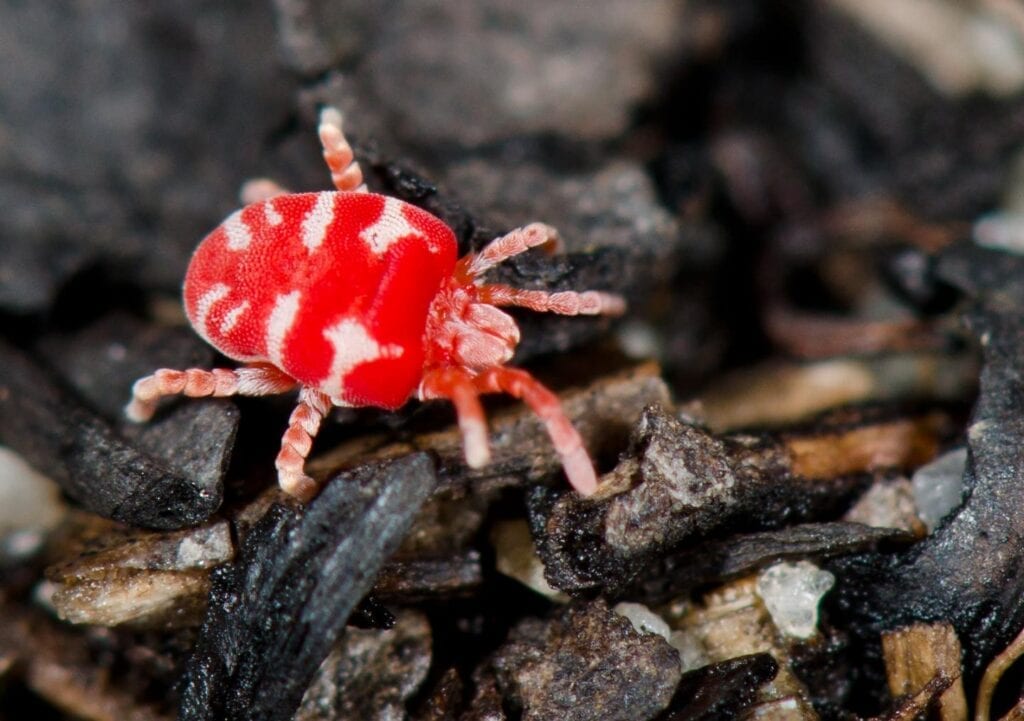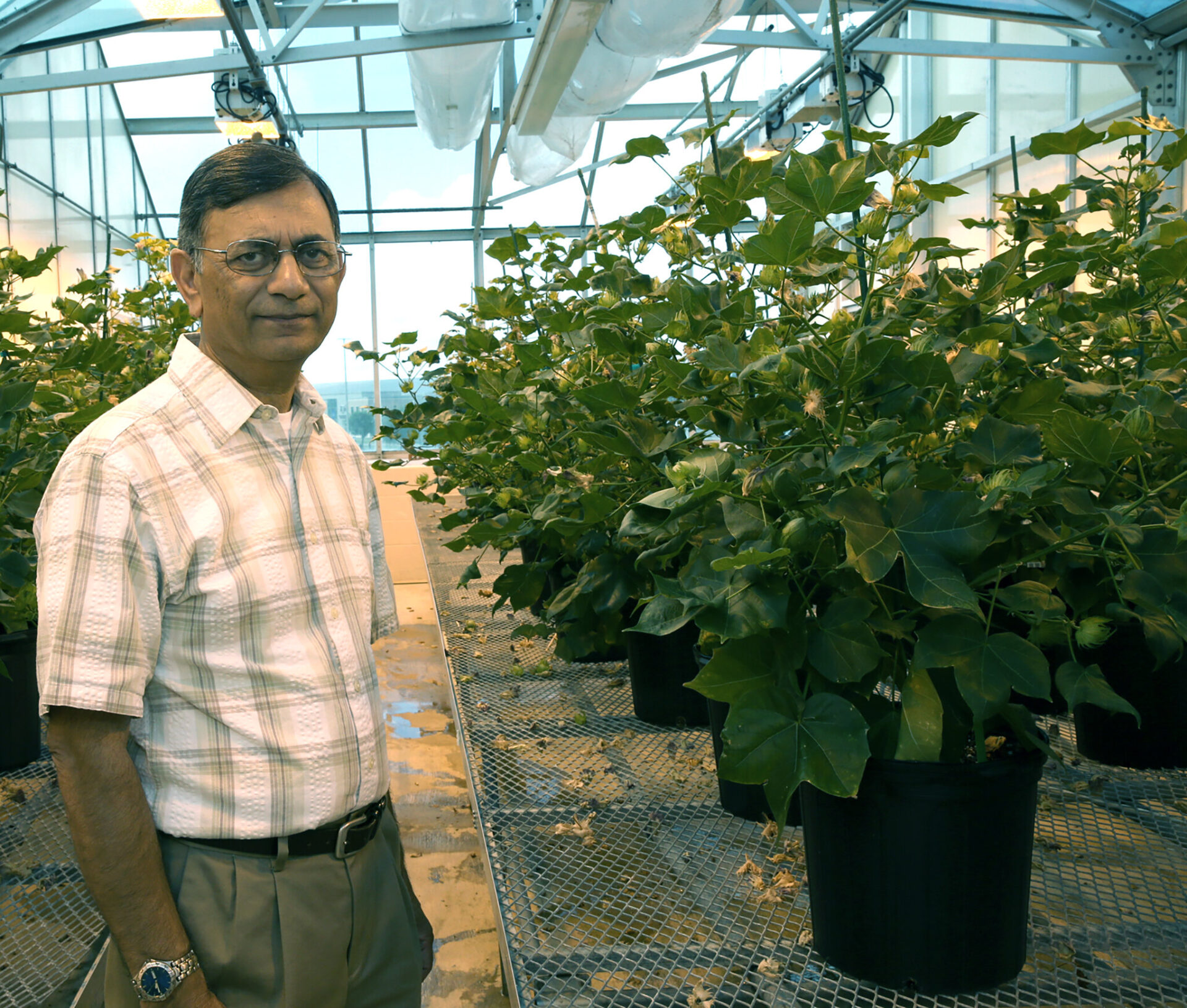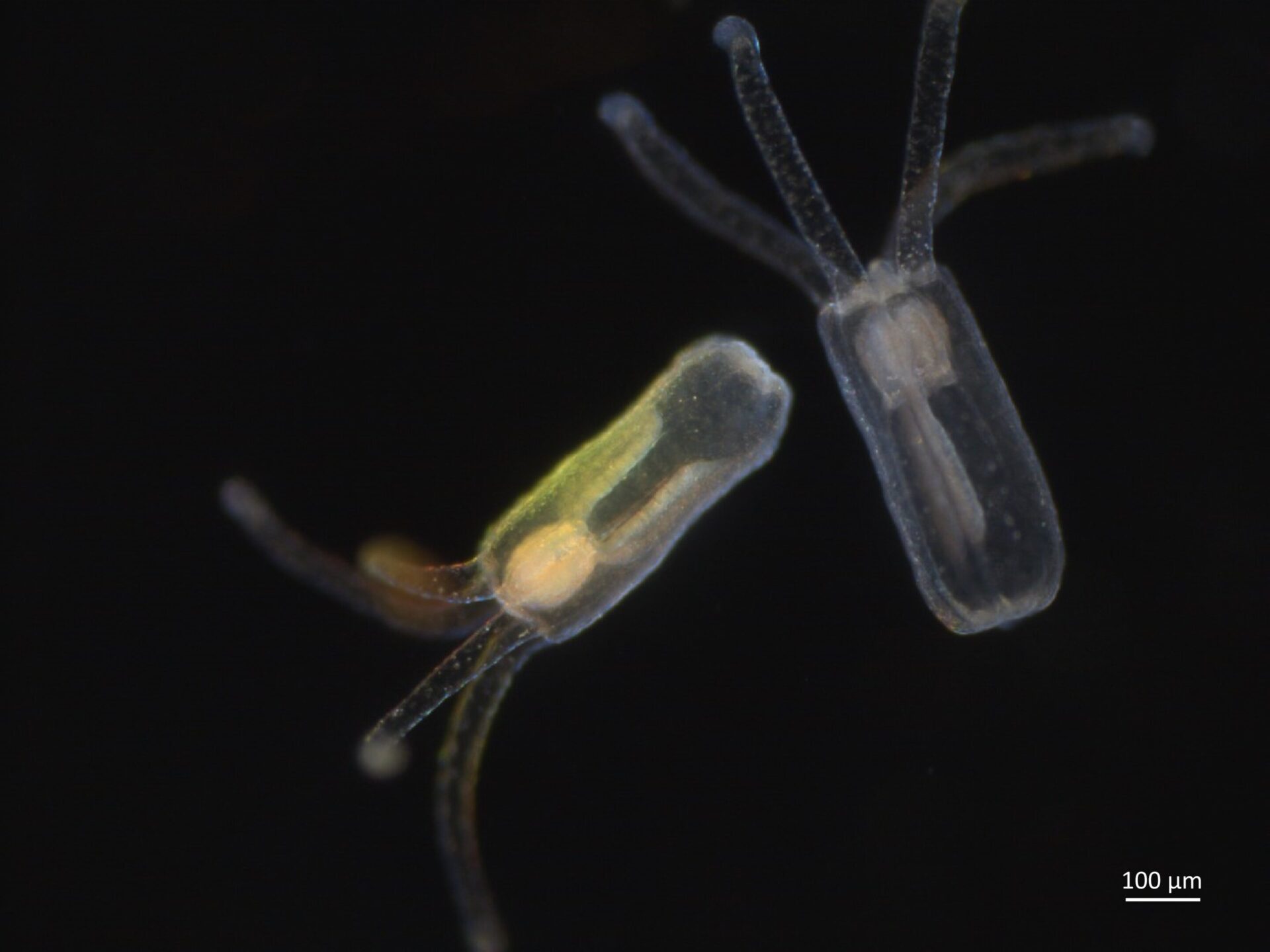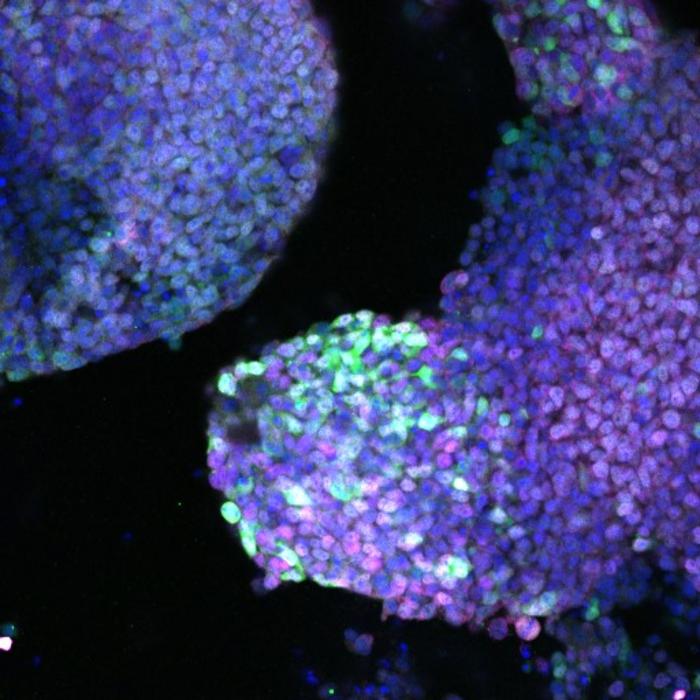
Mite extinctions are occurring at least 1,000 times the ‘natural’ rate – a finding a University of Queensland researcher says is another warning that global biodiversity is in deep trouble.
The 1.25 million mite species around the planet occupy an enormous variety of terrestrial and freshwater ecosystems, from the equator, to polar regions and high altitude areas.
In the first global study on mite biodiversity, UQ’s Dr Greg Sullivan and colleague Dr Sebahat K. Ozman-Sullivan compiled data that showed the ongoing extinction of an alarming number of species.
“Mites are critical to ecosystems all over the planet – some provide essential ecosystem services such as the incorporation of organic matter into the soil,” Dr Sullivan said.
“These services underpin the survival of innumerable species, and act as a proxy for environmental health.
“However, the humble mite is in trouble, as the majority of mite species are assumed to be in the tropical rainforests, where 50 per cent have been destroyed or severely degraded,” he said.
“And based on estimates of overall biodiversity loss, around 15 per cent of mite species were likely to have become extinct by 2000.
“Losses are currently expected to increase by between 0.6 per cent and six per cent by 2060.”
The researchers said humans are responsible for the erosion of mite diversity.
“Habitat destruction and degradation continue on an enormous scale, with increasing global population and resource consumption the overarching drivers of extinction,” Dr Sullivan said.
“The maintenance of mite biodiversity is highly dependent on the maintenance of plant diversity, habitat complexity and insect diversity.
“This means we urgently need to minimise the rate of destruction and degradation of habitat, especially in subtropical and tropical regions, and protect representative natural areas, especially the global biodiversity hotspots, like the Forests of East Australia biodiversity hotspot.”
In addition, he said climate change was likely worsening the effects of the other drivers at an increasing rate.
“We need a rapid global implementation of technologies that decrease greenhouse gas emissions and increase carbon sequestration, including the widespread regeneration of degraded forests with local species.
“This, coupled with an effectively executed international climate agreement, will play a critical role in determining the fate of a substantial proportion of the remaining global biodiversity – including the small, but mighty, mite.”
The Latest Updates from Bing News & Google News
Go deeper with Bing News on:
Global biodiversity
- How Banks and Investors Are Fueling a Global Biodiversity Crisis
In a global context where tropical rainforests play a critical role in biodiversity conservation and climate regulation, these ecosystems are severely threatened by expanding agribusiness and logging ...
- Calgary included in the City Nature Challenge that kicks off in 667 cities around the world tracking global biodiversity
A four day global challenge that's one of the largest citizen science events on the planet kicks off Friday, running from April 26th to the 29th.
- First-of-its-kind study shows conservation interventions are critical to halting and reversing biodiversity loss
A new study in the scientific journal Science provides the strongest evidence to date that not only is environmental conservation successful, but that scaling conservation interventions up would be ...
- Wildlife from space: Winners of Satellites for Biodiversity Award named
The Airbus Foundation and the Connected Conservation Foundation have announced the winners of the second edition of their Satellites for Biodiversity Award. The four winners of the award are ...
- Harnessing Science-Policy Collaboration: The Vital Role of IPBES Stakeholders in Achieving Global Nature Targets
COP CBD saw governments worldwide unite behind a set of ambitious targets aimed at addressing biodiversity loss.
Go deeper with Google Headlines on:
Global biodiversity
[google_news title=”” keyword=”global biodiversity” num_posts=”5″ blurb_length=”0″ show_thumb=”left”]
Go deeper with Bing News on:
Mite extinctions
- Asthma and the Challenges of House Dust Mite Management
, Department of Internal Medicine, Division of Allergy and Immunology; , Acarology Laboratory, Department of Entomology; , Department of Internal Medicine, Division of Allergy and Immunology, The ...
- How do I get rid of eyelash mites?
Dr. Orr: "We’re here to set the record straight! Eyelash extensions do NOT cause lash mites; lash mites are actually caused by poor hygiene." Eyelash mites, also known as Demodex, are tiny ...
- 7 proven tips for reducing dust mites in your mattress, pillows and bed sheets
Dust mites and their droppings can impact both your health and your sleep, especially if you have allergies. Which is why knowing how to remove dust mites from your mattress, pillows and bed ...
- How to spot aphids, thrips and spider mites in your garden — and how to get rid of them
But they still must be used with caution. As we enter our drier weather, we always have problems with spider mites. These tiny arachnids are hard to see until they have done damage. They make ...
- How to spot aphids, thrips and spider mites in your garden — and how to get rid of them
They might be surprised to know that companies like Walt Disney World and Marriott count on beneficial insects to keep plantings clean of some of the most common insects like aphids, spider mites ...
Go deeper with Google Headlines on:
Mite extinctions
[google_news title=”” keyword=”mite extinctions” num_posts=”5″ blurb_length=”0″ show_thumb=”left”]










